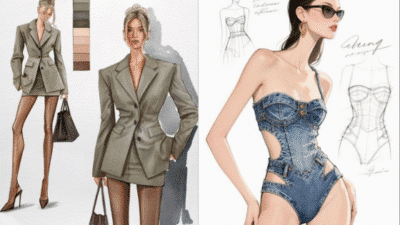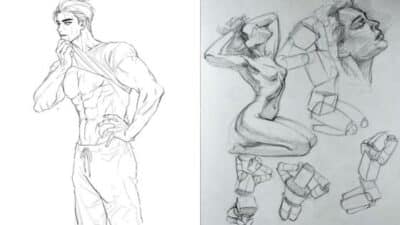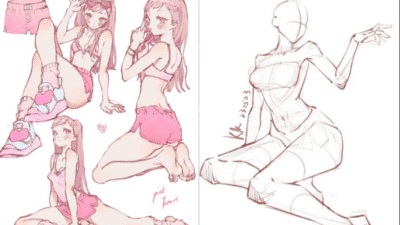Minimalist figure drawing focuses on capturing the essence of the human form with just a few simple lines or shapes. This style lets artists express movement, emotion, and posture without getting caught up in details. Minimalist figure drawing ideas often use basic lines, silhouettes, and shapes to create clear, impactful images that anyone can try.
It’s a great way for beginners and experienced artists alike to practice seeing the body’s form in its simplest shape. By using fewer lines, artists can focus on creative expression and loosen their style while still conveying a strong message or feeling.
Trying minimalist figure drawings can be relaxing and inspiring, helping artists improve observation and sketching skills. Exploring these ideas encourages creative thinking and makes drawing feel less complicated and more fun.
Getting Started With Minimalist Figure Drawing
Minimalist figure drawing focuses on using simple lines and shapes to capture the human form. The artist works with basic tools and learns a few key techniques. They also pay close attention to the spaces around the figure to make the drawing clear and balanced.
Essential Materials for Beginners
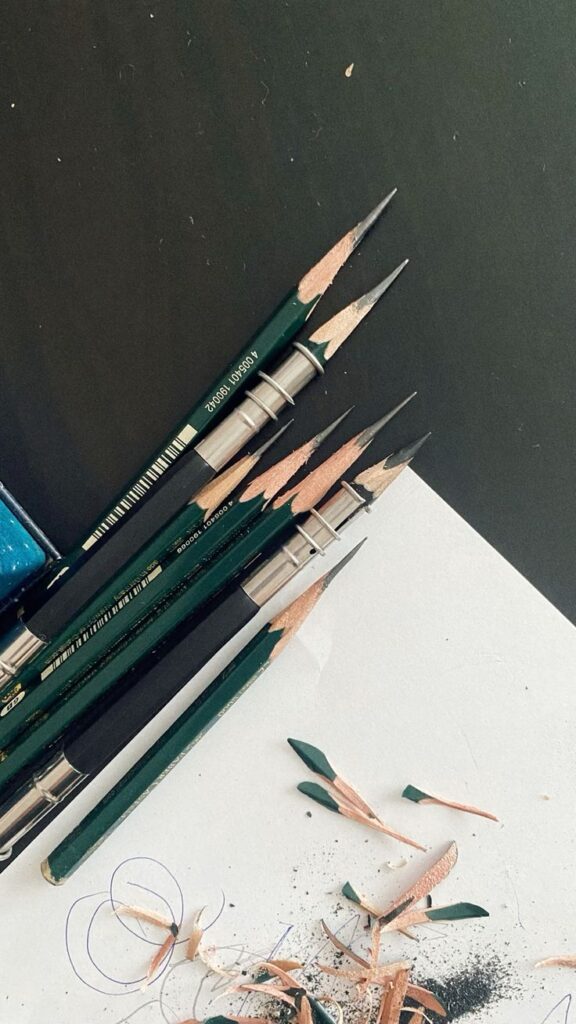
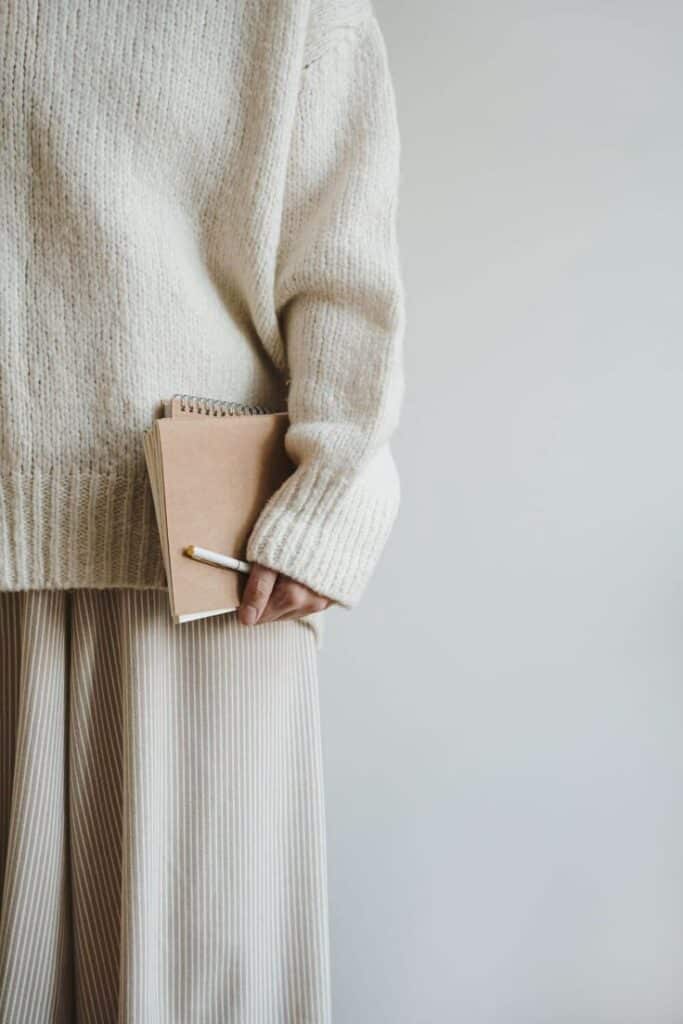
Beginners need only a few basic supplies. A good pencil set, including hard and soft pencils (like 2H and 4B), helps vary line weight. A smooth sketchbook or plain drawing paper works best for clean lines.
Erasers are useful but should be used lightly to keep the drawing minimal. A fine-tip black pen can help add sharp, lasting lines once the sketch is ready.
Some artists use a ruler to keep lines straight, but often a steady hand is better for natural shapes. Minimalist drawing asks for simple, quality materials rather than many fancy tools.
Basic Figure Drawing Techniques

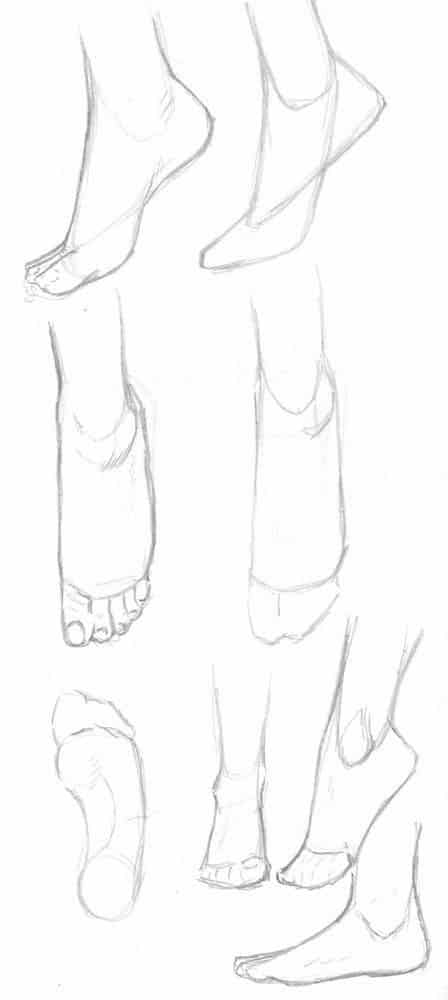
To start, sketch the figure with loose, continuous lines. The key is to suggest the shape without adding too much detail. One common method is the “single-line” drawing, where the entire figure is drawn without lifting the pencil.
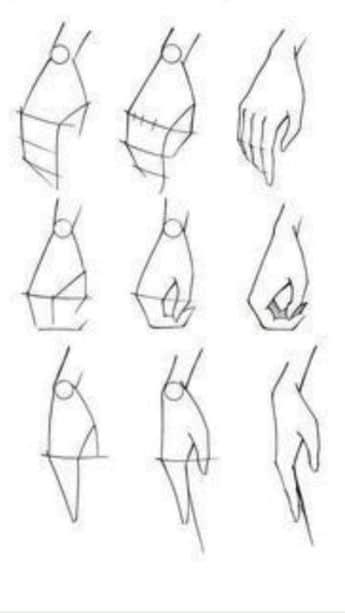
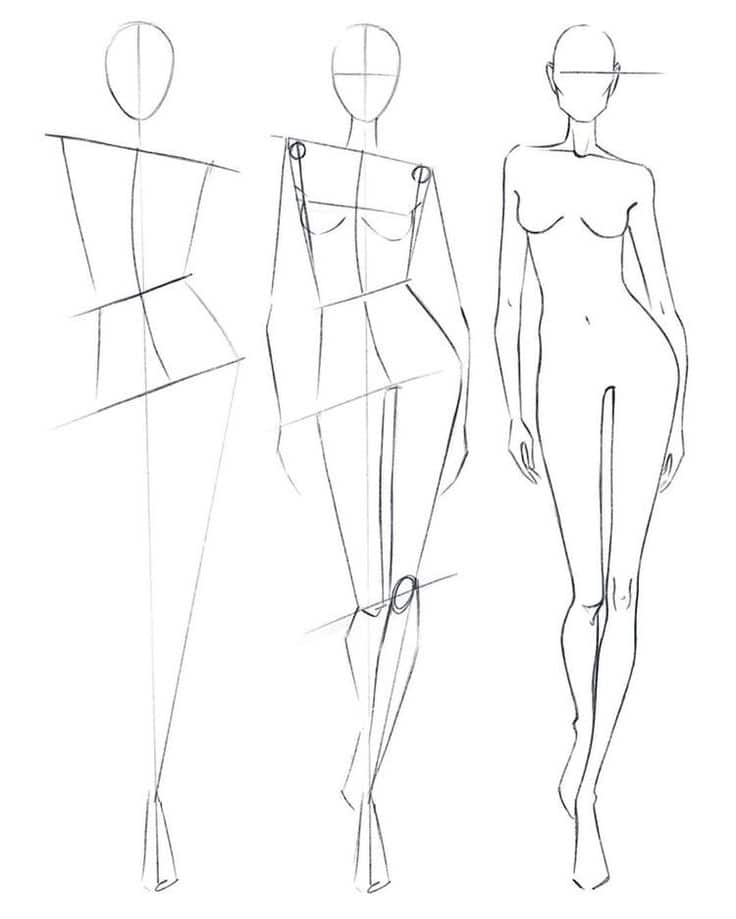
Using simple shapes like ovals for the head and rectangles for the torso helps in placing parts before adding curves. Artists focus on proportions more than exact anatomy to keep the drawing light.
Shadows and textures are usually avoided. Instead, the line quality—thin, thick, smooth, or jagged—adds emotion or weight to the figure.
Understanding Negative Space
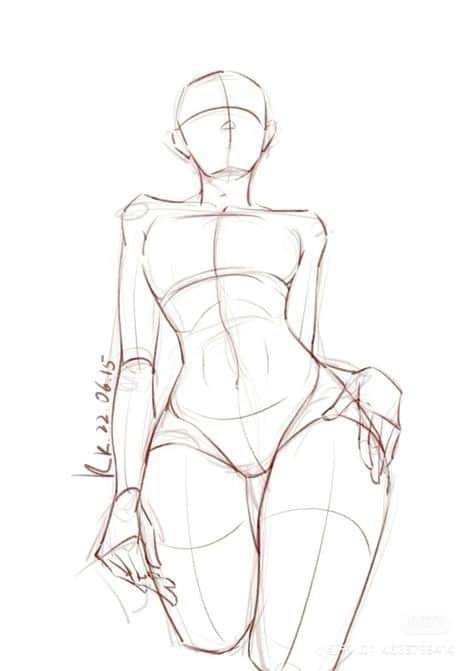
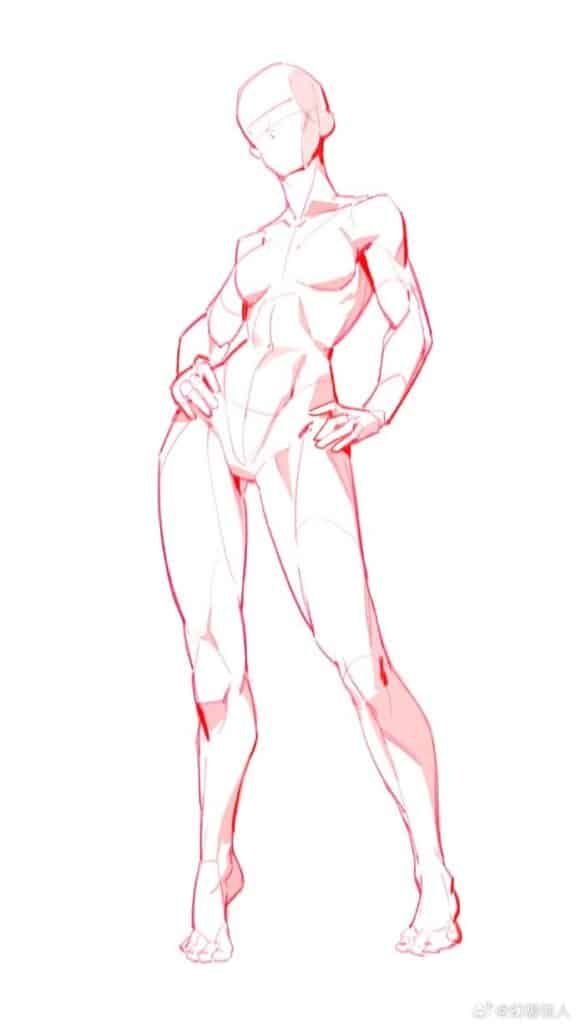
Negative space is the empty area around and between the figure’s lines. Paying attention to these spaces helps the artist balance the drawing and improve its readability.
By studying negative space, the artist can improve the figure’s shape and avoid clutter. Using these empty areas cleverly can make a minimalist figure feel complete with fewer strokes.
This practice trains the eye to see shapes and spaces, not just the outlines. The artist often steps back during drawing to check how the negative space shapes the whole design.
Creative Minimalist Figure Drawing Ideas
Minimalist figure drawing often uses simple lines and shapes to show form and movement. It favors clarity and expression over details. This approach lets the artist focus on the essence of the figure with just a few thoughtful marks.
Gestural Sketches With Few Lines
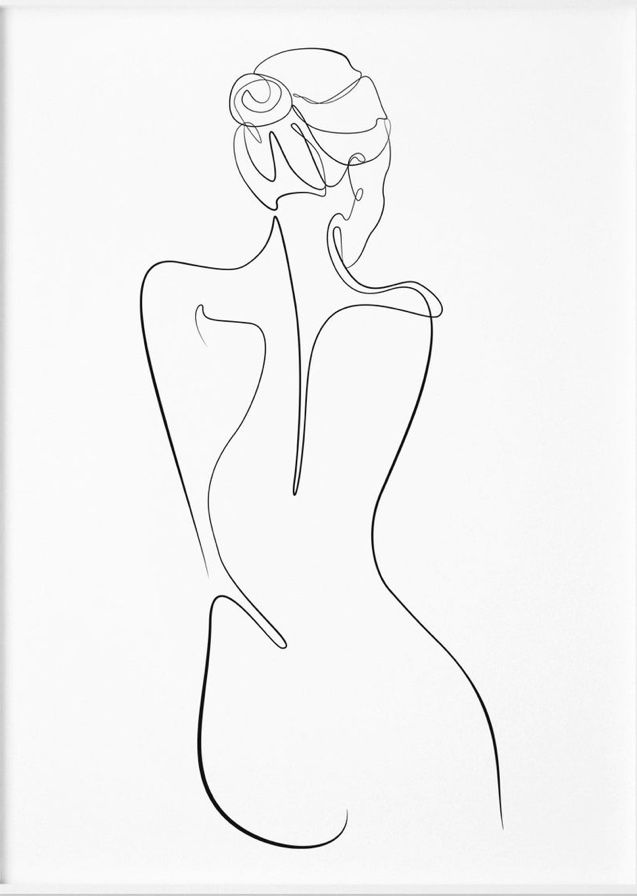
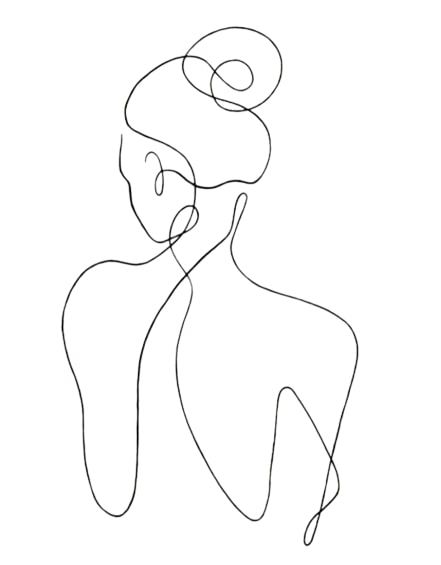
Gestural sketches capture the movement and posture of a figure quickly. The artist uses only a few loose, flowing lines to show action or the body’s curve.
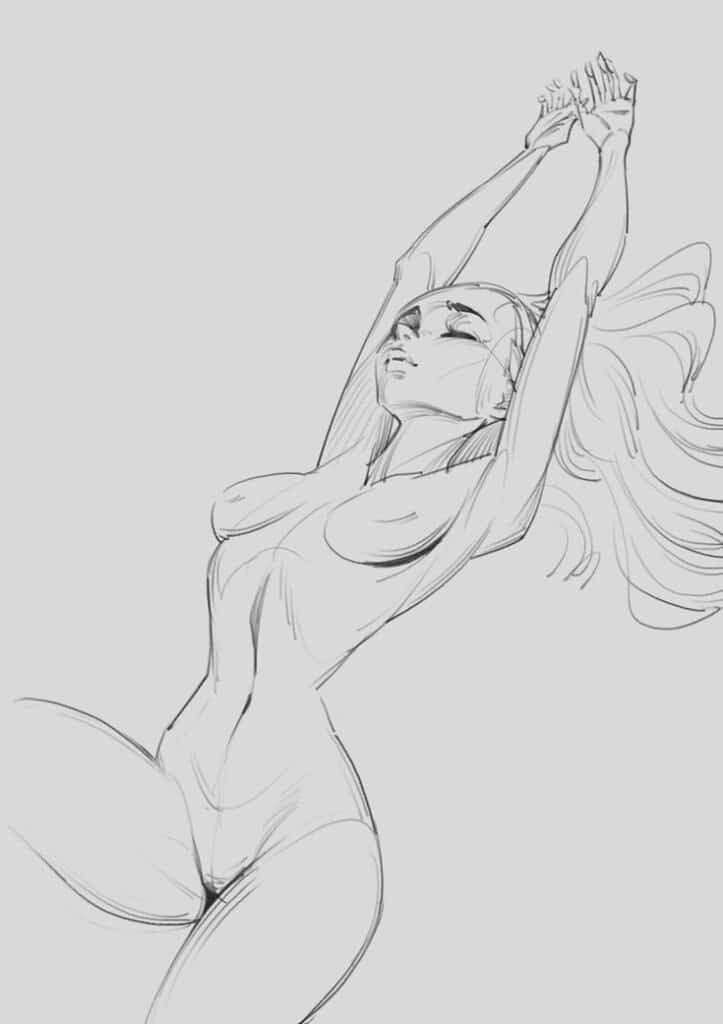
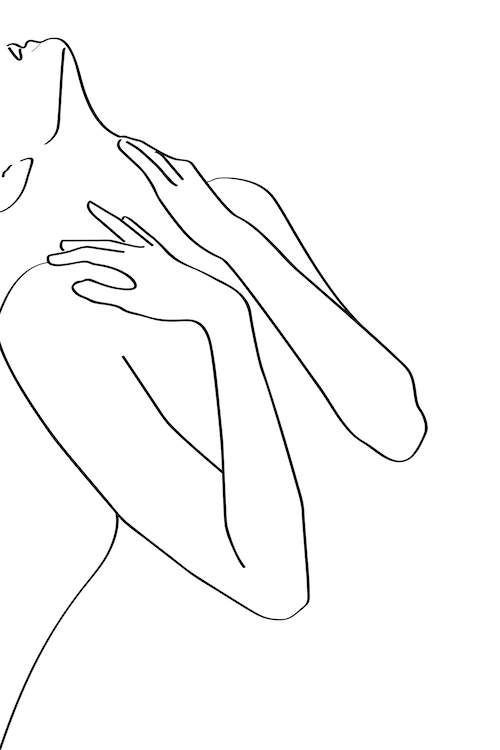
This style helps convey energy and emotion without adding fine detail. The focus is on the pose and rhythm rather than exact shapes.
To start, the artist might draw a quick line for the spine and simple curves for limbs. Then, they add a few marks for hands, feet, or the head. These sketches often feel spontaneous and alive.
Silhouette-Based Compositions

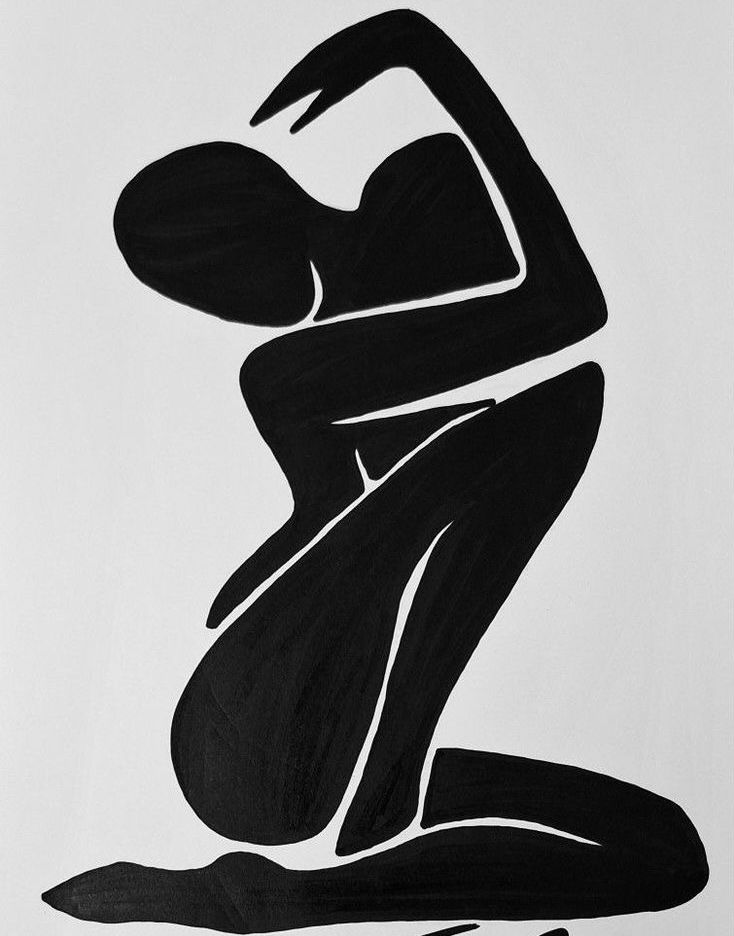
Silhouettes focus on the outline of the figure against a plain background. It removes internal details and shows the shape alone.
This technique works well to highlight strong poses or distinct profiles. It can also create a bold, graphic look that stands out.
Artists might fill the figure shape with black or a single color. They aim to capture recognizable shapes using the fewest lines possible to keep it clear.
Single-Line Art Concepts
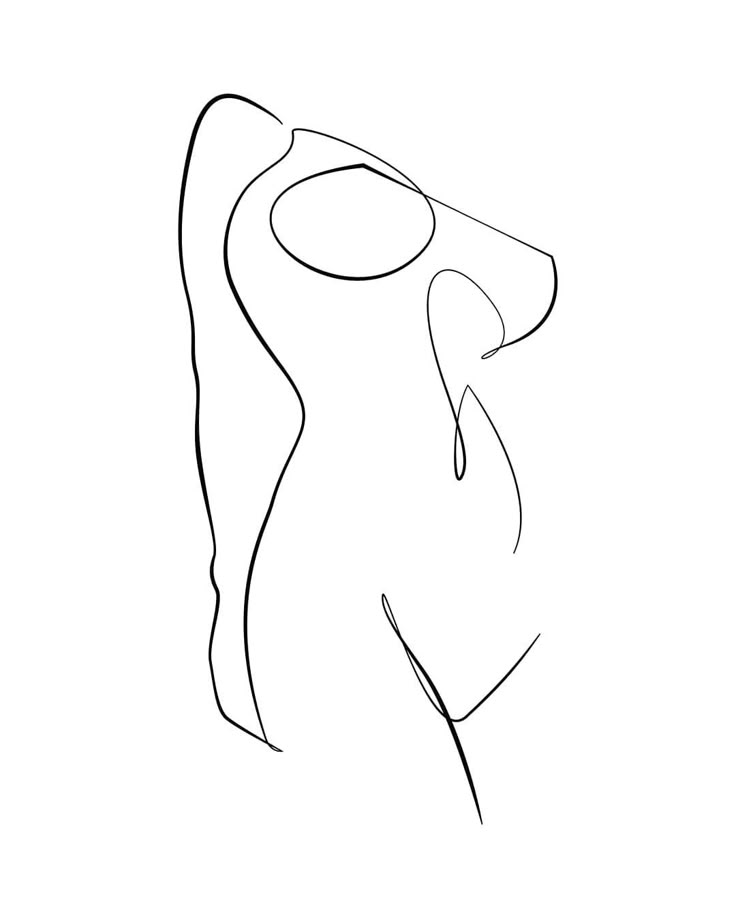
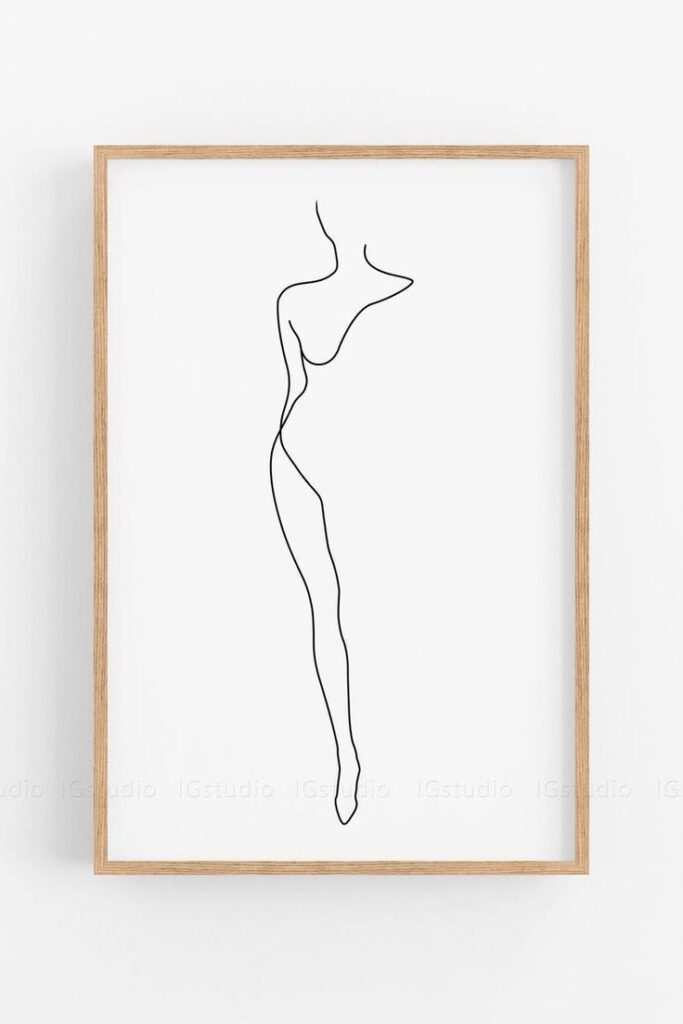
Single-line art means drawing the entire figure with one continuous line. The artist never lifts the pen from the paper while creating the figure.
This method challenges artists to simplify complex forms. It can result in elegant, smooth shapes that flow naturally.
The line may loop or cross itself but still keeps the figure recognizable. It’s a fun way to practice control and creativity, turning the figure into a graceful, unified drawing.
Incorporating Style and Expression
Minimalist figure drawing focuses on simplicity while still capturing personality and feeling. Style can be added through pose choices and small color additions that make a piece unique and lively.
Exploring Dynamic Poses
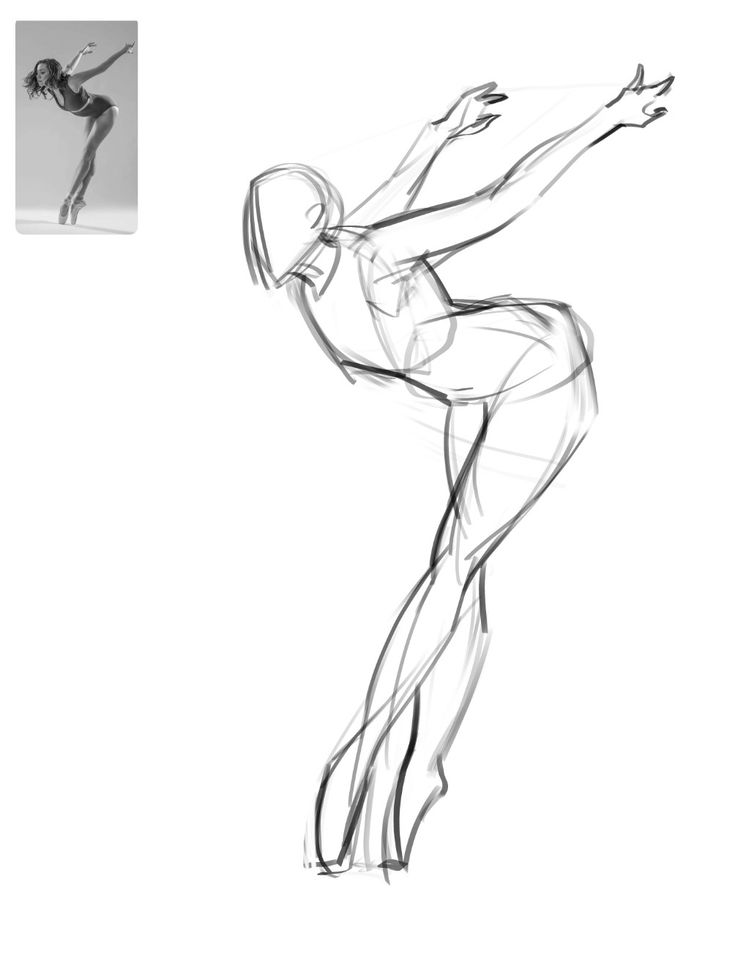
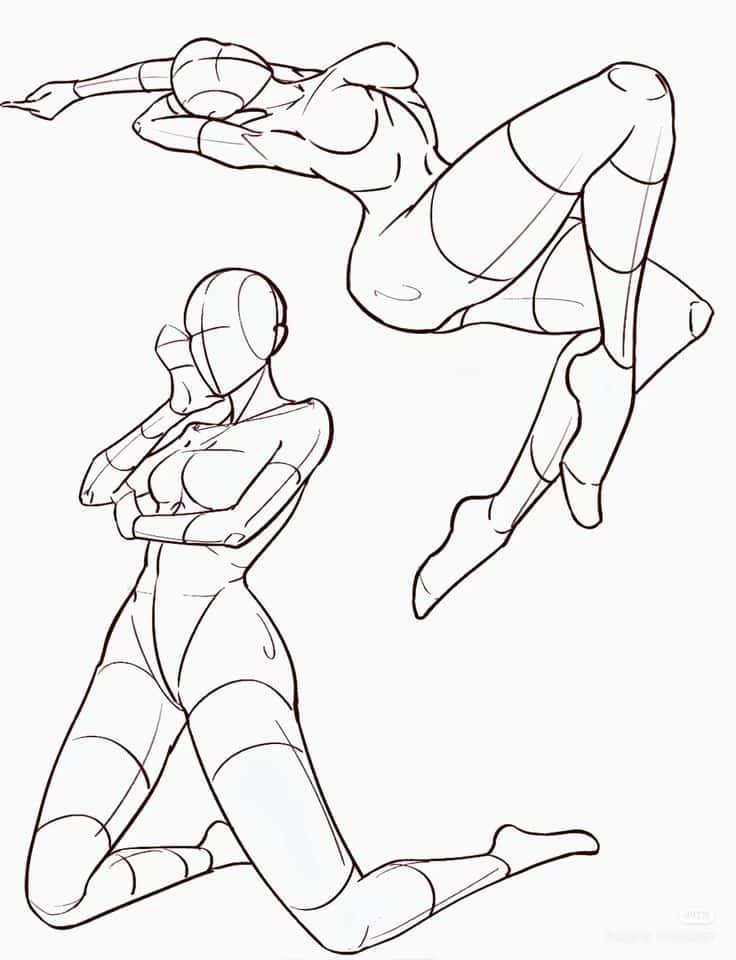
Dynamic poses bring energy and movement to minimal drawings. Instead of static, straight postures, artists can choose poses with curves or angles that suggest motion. For example, a figure bending forward or stepping sideways adds interest without extra detail.
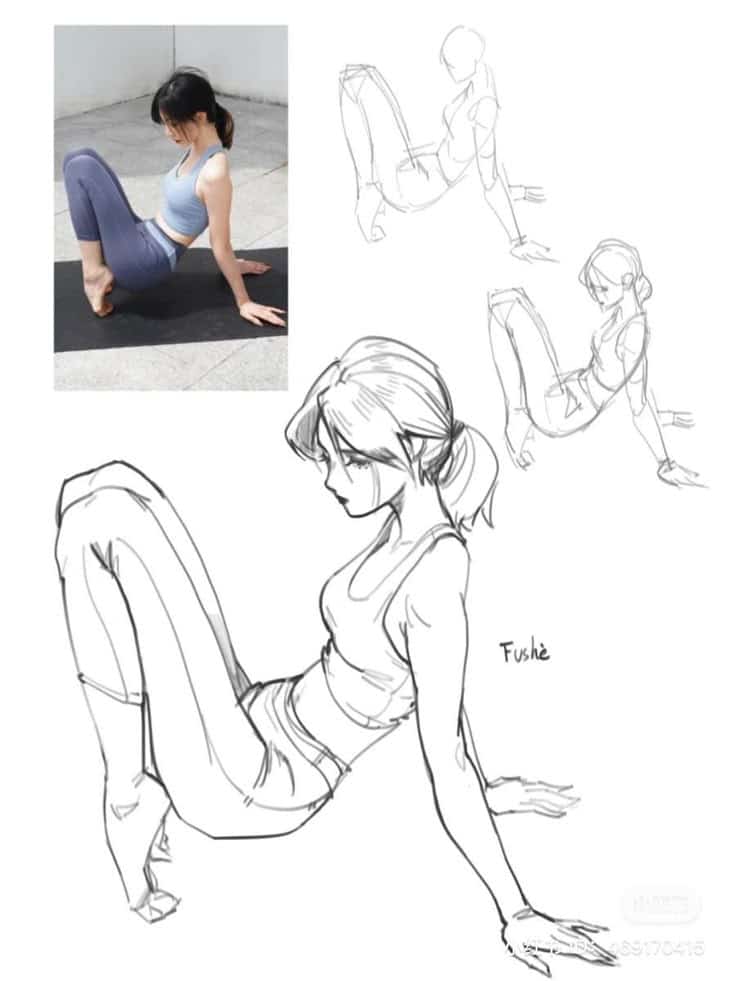
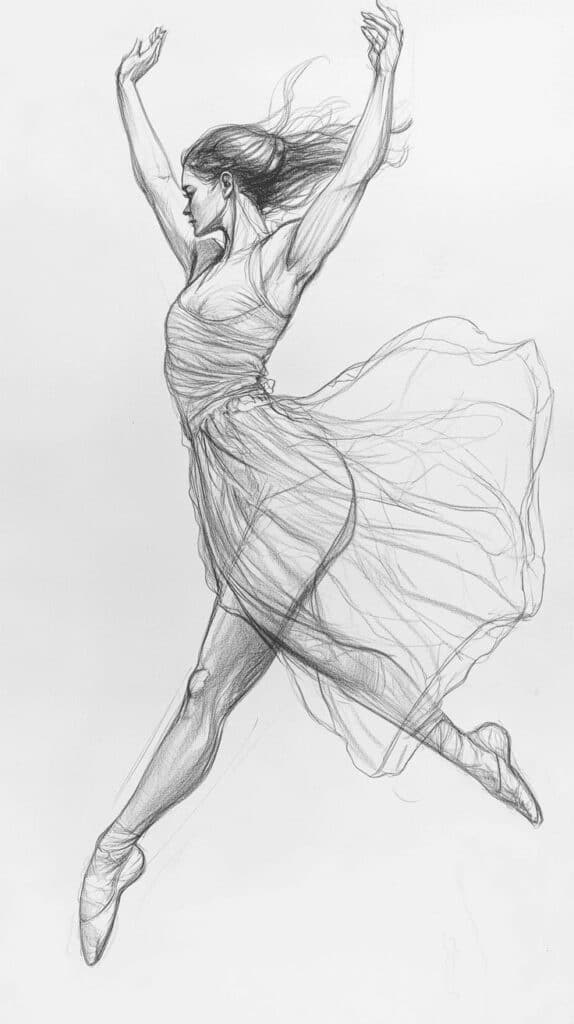
Using just a few lines, the artist can show weight shifts or gestures. This creates a story or mood in the drawing. Quick sketches or continuous lines often capture these poses well.
A good tip is to observe people in action and practice drawing their outline or silhouette. This focus on posture helps avoid stiffness and makes the figure feel alive, even if it’s very simple.
Using Color Accents in Minimalist Drawings
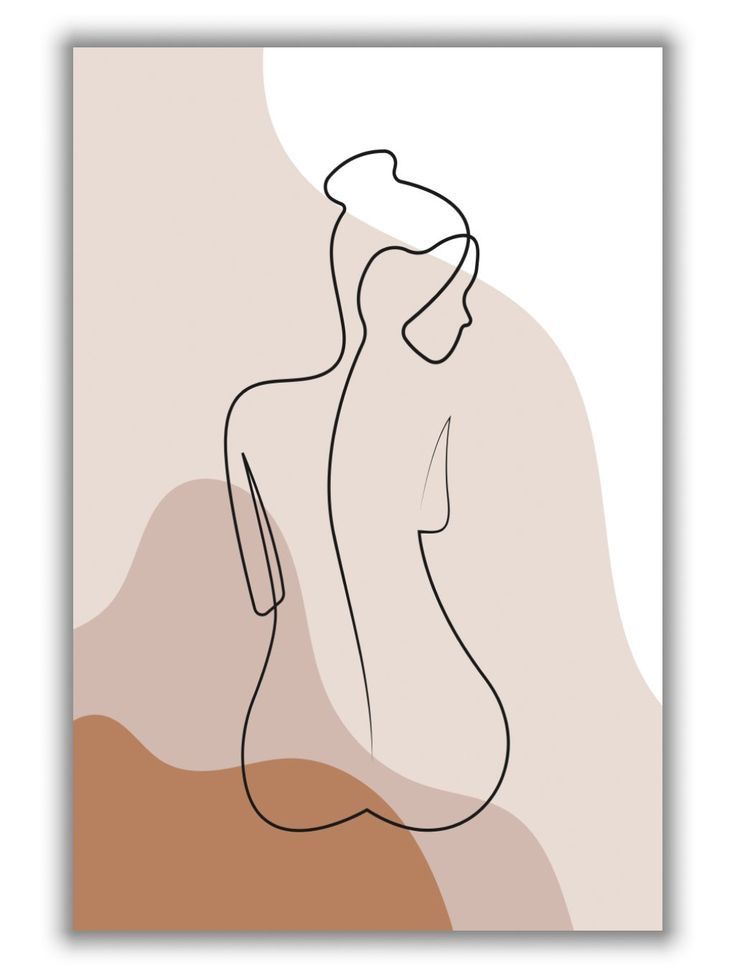
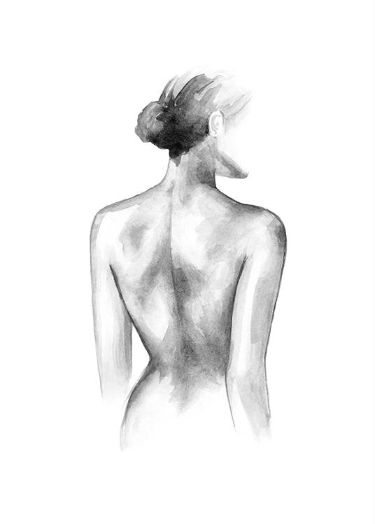
Color accents can highlight parts of a minimalist figure to express mood or focus. Instead of filling in the whole figure, adding color to one small area creates contrast and draws attention.
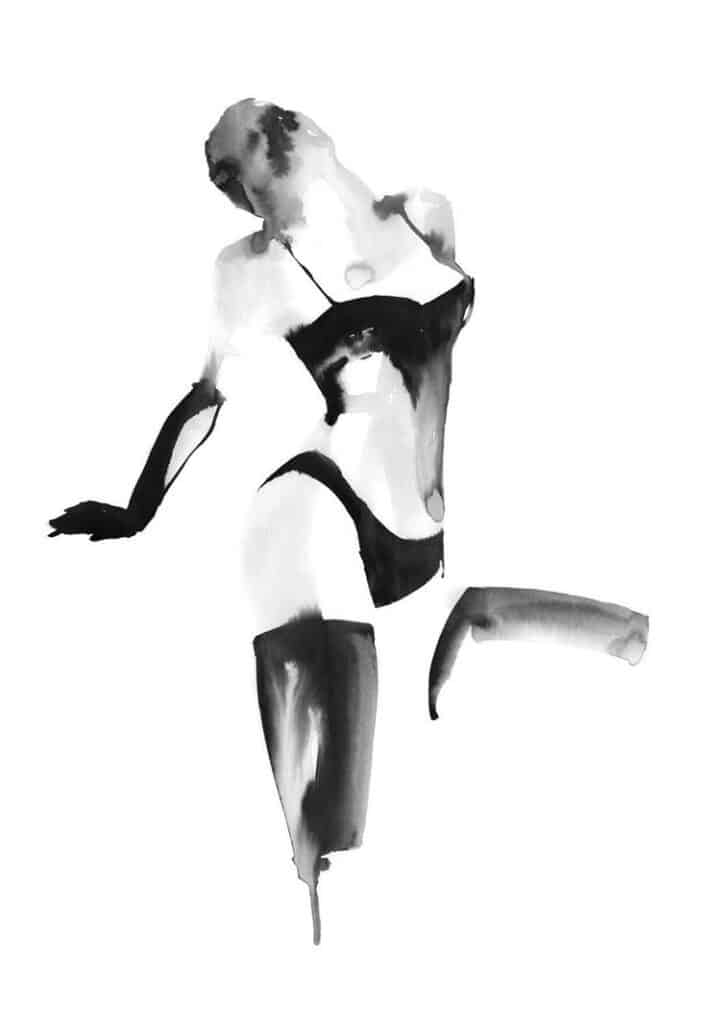
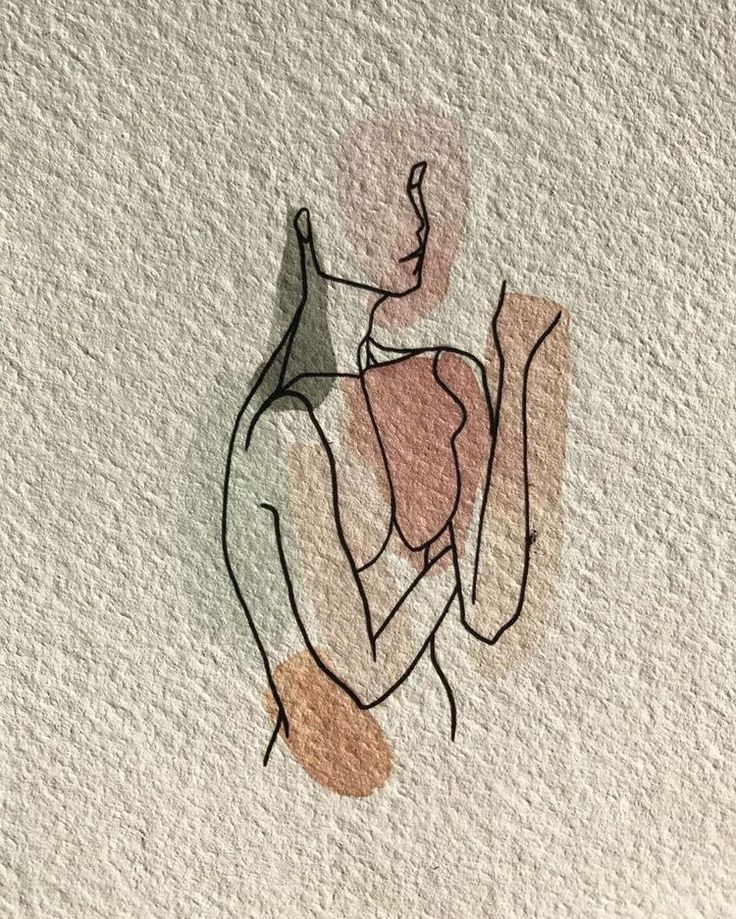
Common choices include the lips, a hand, or a small clothing detail. Red, blue, or yellow work well, but even soft pastels can add emotional depth.
Color doesn’t need to be complex. A single brushstroke or spot of color can change the entire feeling of the drawing.
Artists should experiment with different hues and placements to see what fits their style best. This simple addition keeps the minimal look but adds personality and expression.
- 32.0Kshares
- Facebook0
- Pinterest32.0K
- Twitter1
